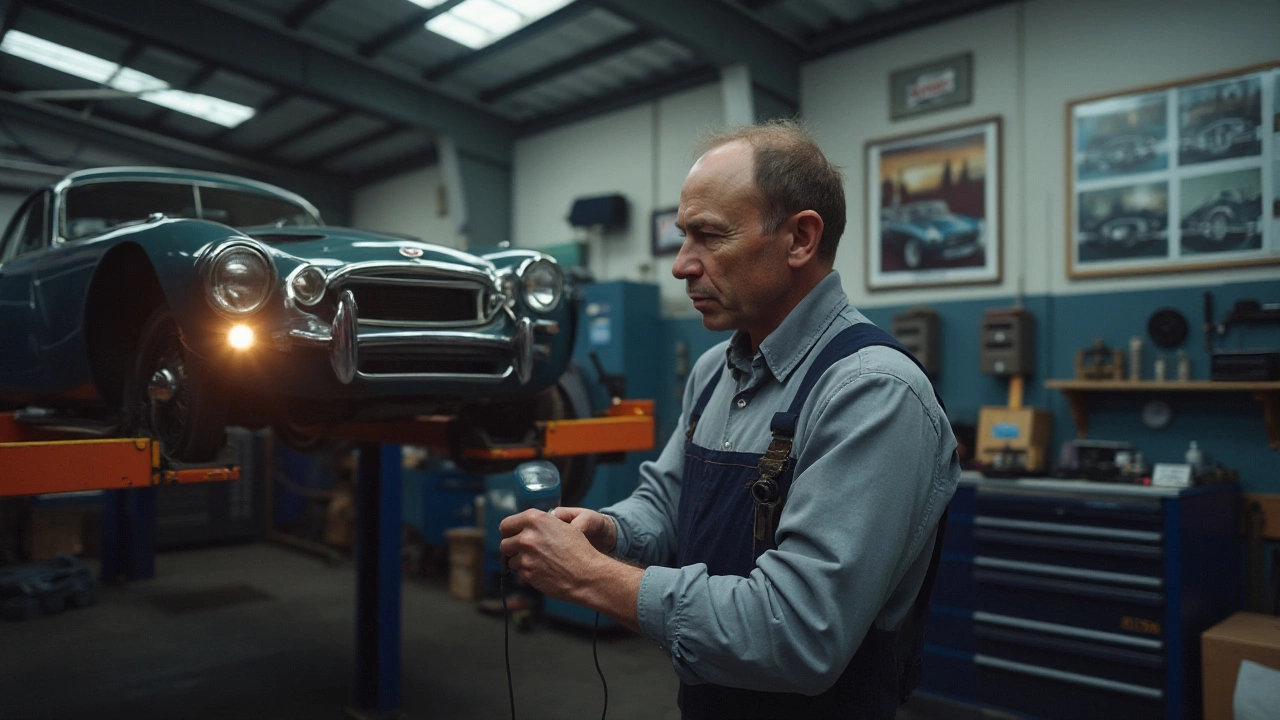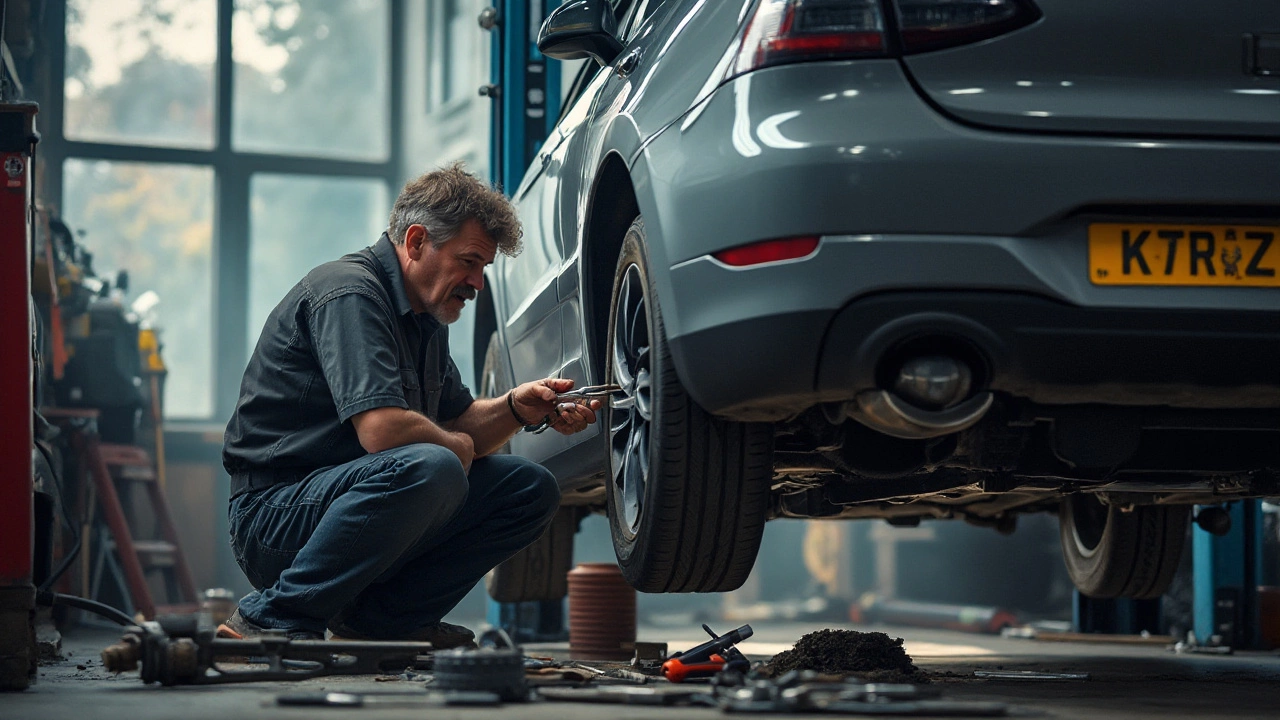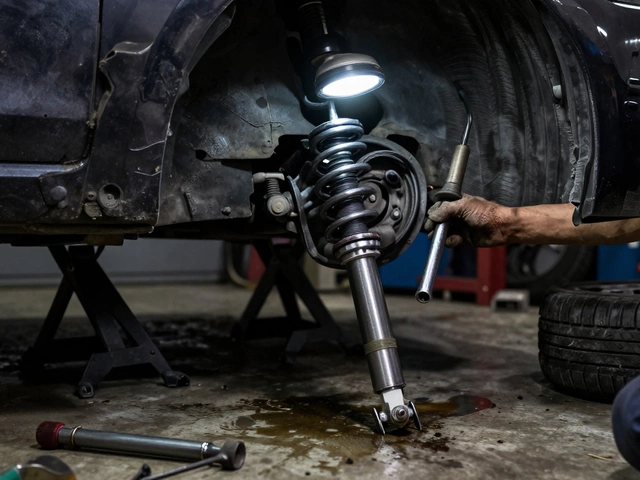Suspension Issues: What They Are and How to Deal With Them
Feeling a wobble when you turn a corner? Hearing clunk‑clunk from the wheels? Those are classic hints that something’s off with your suspension. The suspension keeps your car steady, absorbs bumps, and protects other parts. When it starts to fail, the ride gets uncomfortable and safety drops fast.
Common Signs Your Suspension Is Failing
First, notice the feel of the road. A soft, mushy sensation usually means a broken shock or strut. If the car leans heavily to one side, you might have a bent suspension arm or a broken spring. Listen for rattles or knocks when you go over potholes—those noises often come from loose bushings or damaged mounts.
Another red flag is uneven tyre wear. If the inner or outer edges of the tyres are wearing faster, the alignment is probably off because the suspension isn’t holding the wheels correctly. Also, check the ride height. A car that sits lower on one corner may have a broken spring or a sagging shock.
Don’t forget the steering. If the wheel shakes at higher speeds or you feel a pulling sensation while driving straight, the suspension components are likely worn. These issues aren’t just annoying; they can lead to loss of control, especially in wet or snowy conditions.
When to Seek Professional Repair
If you spot any of the symptoms above, it’s time to get a mechanic involved. Small problems like worn bushings can be replaced quickly, but a bent suspension arm or broken spring often needs specialized tools and safety precautions.
Driving with a bent suspension is risky. The vehicle may handle unpredictably, and the stress can spread to the steering rack or brake lines. A professional will inspect the frame, check the alignment, and replace the damaged parts. Most shops will also do a wheel alignment after fixing the suspension, which restores even tyre wear and proper handling.
Cost-wise, simple shock replacements are usually the cheapest. More extensive work, like fixing a bent sub‑frame, can be pricier but is essential for safety. Ask for a written estimate and verify that the shop uses quality OEM or reputable aftermarket parts.
While you wait for repairs, avoid fast corners and heavy loads. Keep speed moderate and steer clear of potholes. If the car feels unstable, park it and call for a tow rather than risking a breakdown on the road.
Regular maintenance can catch suspension wear early. Have your suspension checked during routine service, especially if you drive on rough roads or carry heavy loads often. A quick visual inspection and a bounce test—pressing down on each corner to see how it rebounds—can reveal worn shocks before they fail completely.
Bottom line: suspension issues aren’t something to ignore. Spotting the signs early, understanding the risks of a bent or bad suspension, and getting professional repair when needed will keep your car handling firm and your journeys safe.
 12 January 2025
12 January 2025
Signs You Need a New Car Suspension and What to Look For
A car's suspension system plays a crucial role in ensuring a smooth drive and maintaining safety on the road. This article delves into telling signs that your vehicle might need a new suspension. From uneven tire wear to excessive bouncing, understanding these warning signals can help you address potential issues before they become major problems, enhancing your car's performance and longevity in the process.
 9 January 2025
9 January 2025
Identifying a Bent Car Suspension: Key Signs and Tips
Car suspension is critical in ensuring a smooth ride and maintaining control. If damaged or bent, it might compromise safety and handling. Critical signs of a bent suspension include uneven tire wear, unusual noises, or steering problems. Routine checks will help pinpoint issues early, preventing costly repairs.






0